Writing outside the box: method or madness…by Julie Eberhart Painter
Editors and agents frequently ask what makes this book or story different? Why should we invest time and money in seeing it to print?
The benchmark has to be that the story is either a familiar theme told from a unique perspective, or it’s really off the wall, another reason for instant appeal or instant rejection. Despite the outside the box style, it must make sense to readers.
Several examples come to mind. One is a new TV show called Awake. This is a story centered on complicated grief, something I saw in bereavement groups when I volunteered as a counselor’s co-facilitator with hospice. I’ve used the grieving theme in several of my books, especially Mortal Coil. The main character and her daughter have lost Tom, husband and father.
In Awake, when guilt is mixed with extreme loss, the grieving can produce an extrasensory reaction like the one being portrayed in the TV series. The man who suffers the loss of either his wife or his son sees two psychiatrists. Each is trying to sort out why he is living—either asleep or awake—two lives, one with his wife and one with his son. It's obvious he is grieving and in dramatic denial, perhaps having lost both. By keeping them both alive, but mourning one and then other, he honors them both.
Another story with an unusual perspective is the novel, Turn of Mind, by Alice LaPlante, who wrote the entire book from the point of view of Jennifer, an Alzheimer’s patient who may or may not have murdered her best friend. One reviewer called it a diary of a disease. It’s also a murder mystery. The mystery is the linear backstory while the rest shows the fragmented and confused thoughts of the patient as she sinks deeper into dementia still trying to remember what happened the night her best friend died.
The Lovely Bones and The Sixth Sense movies are two other examples of unique formatting and unusual points of view.
When choosing a way to tell any story, it must come from the most visceral place, the heart of the character with the most to lose. If the authors mentioned above had chosen an outside narrator, the stories would have been reduced to journalism.
Using the material from research as a linear back story, the writer should put his or herself into the main characters’ heads, starting with their first awareness that something is off. Writers need passion and patience to wander through an experience as if never having seen it or felt it before. That sense of marvel brings the story to life. It's the feelings that sell a story.
LaPlante's book, Turn of Mind, is totally un-linear except for carrying the plot time line by using the female detective’s unannounced visits to search out the truth. Could a woman with advanced Alzheimer’s have murdered her best friend? Now that’s off the wall and out of the box.

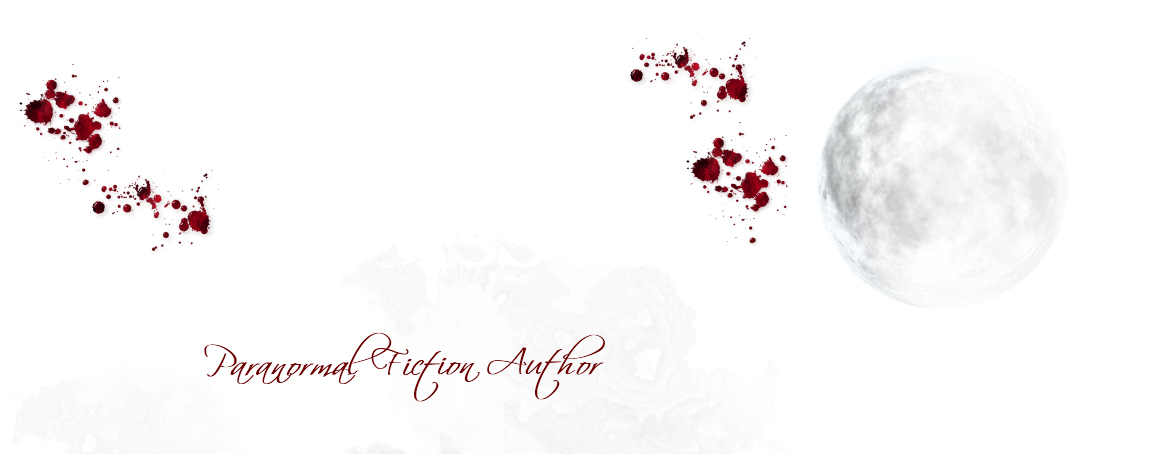


































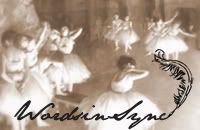


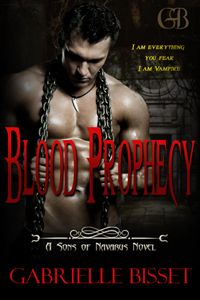

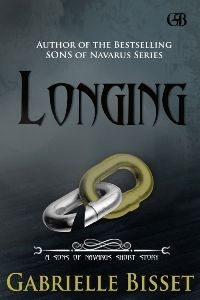
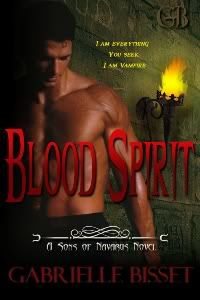



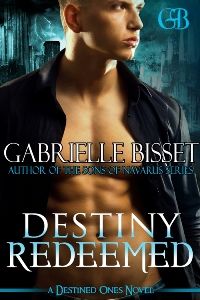

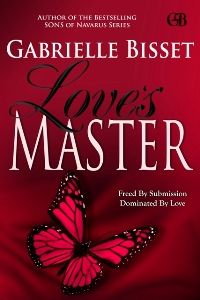
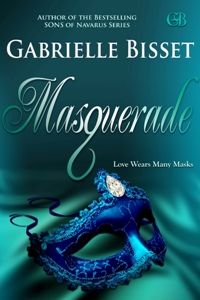






1 comments:
cky15: I am excited about the giveaway. But I am always looking for some new authors to add to my list. Thanks for sharing your books.
Post a Comment